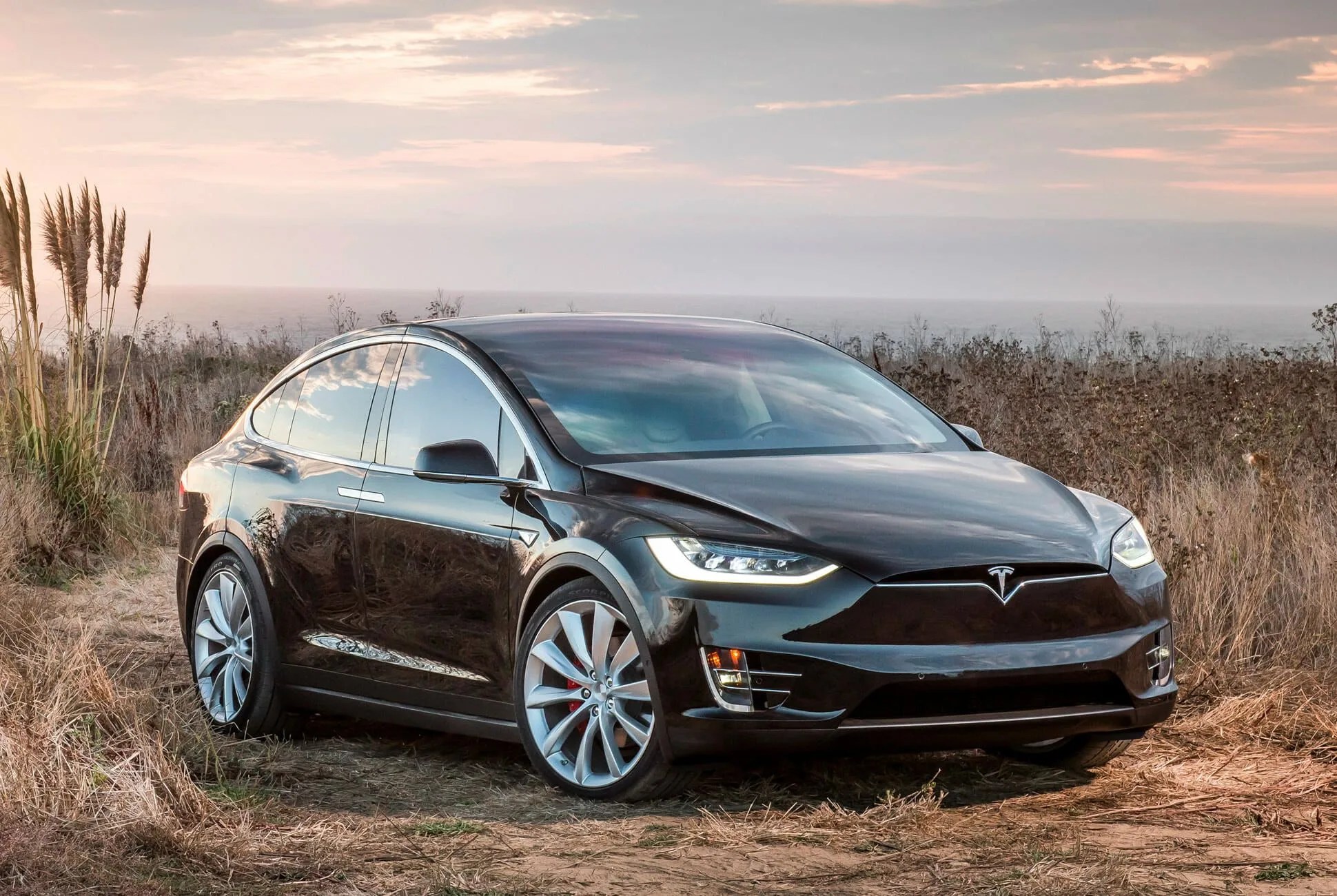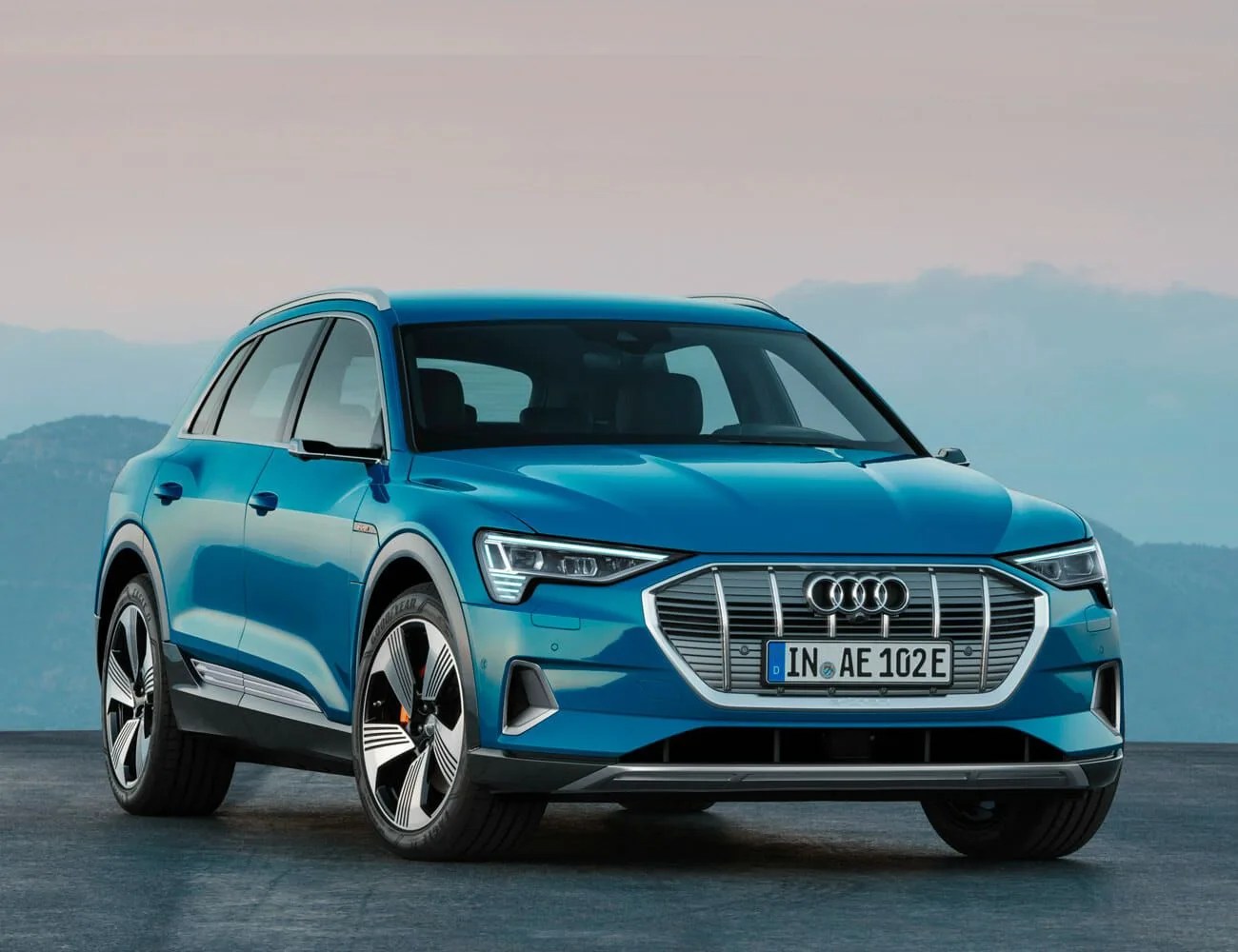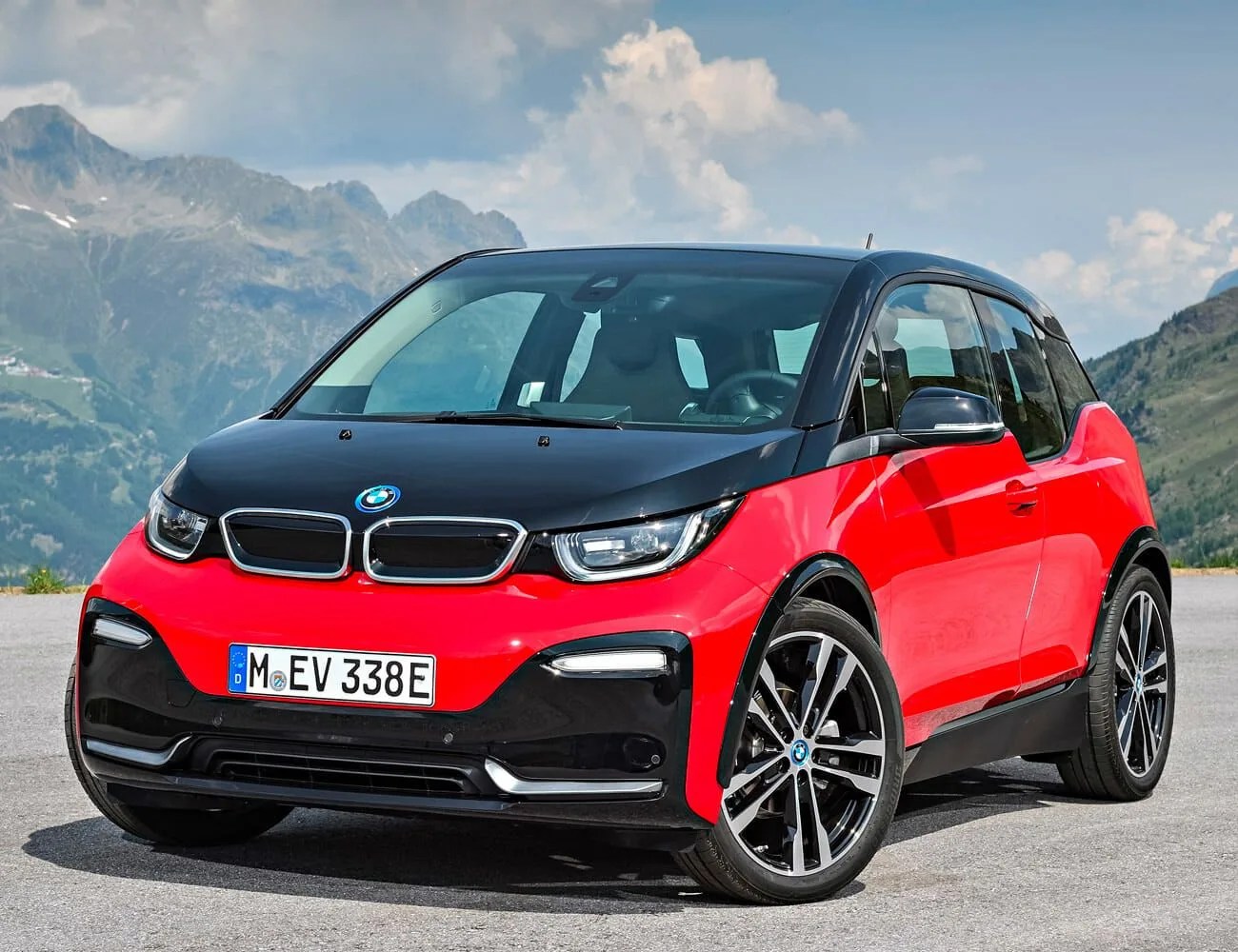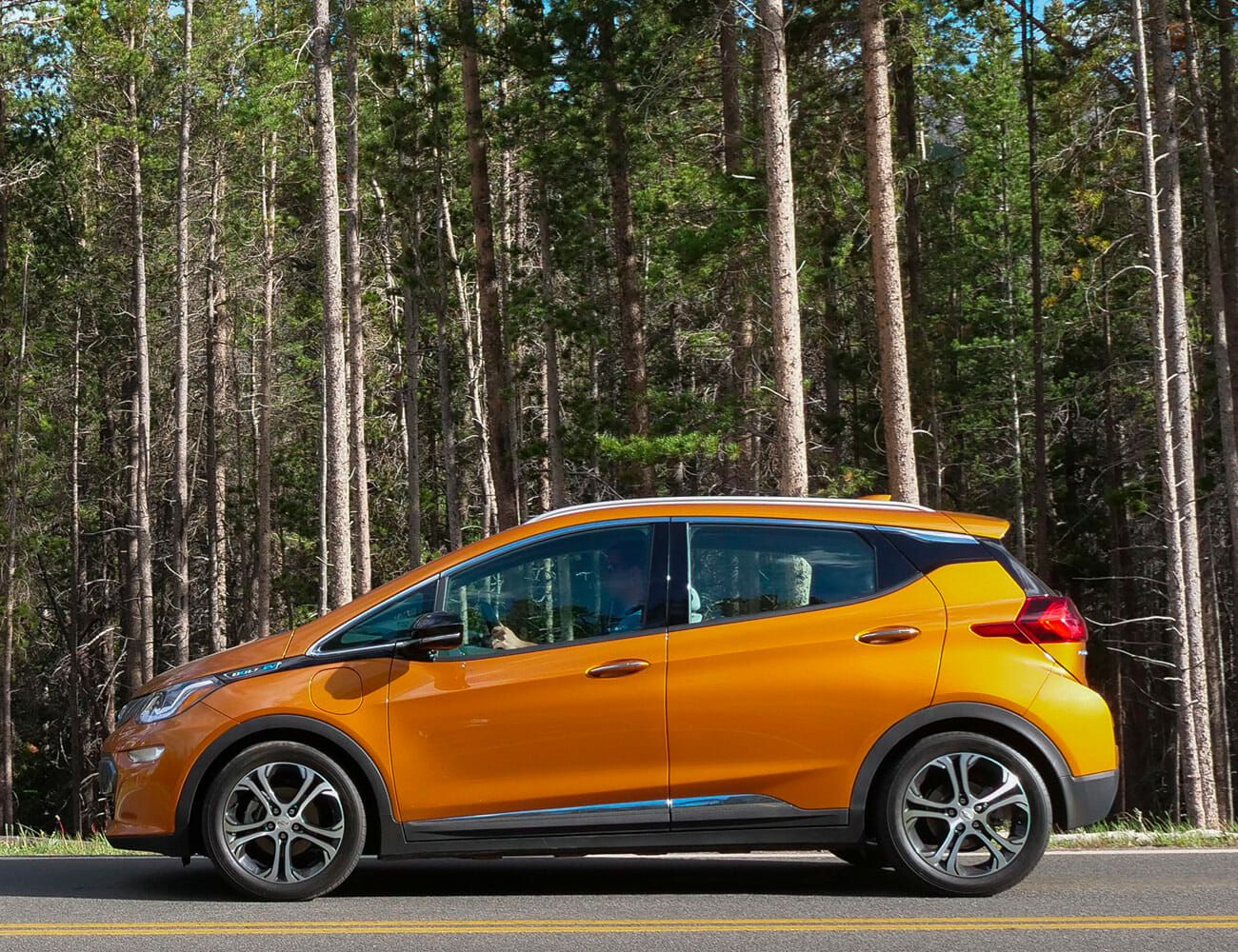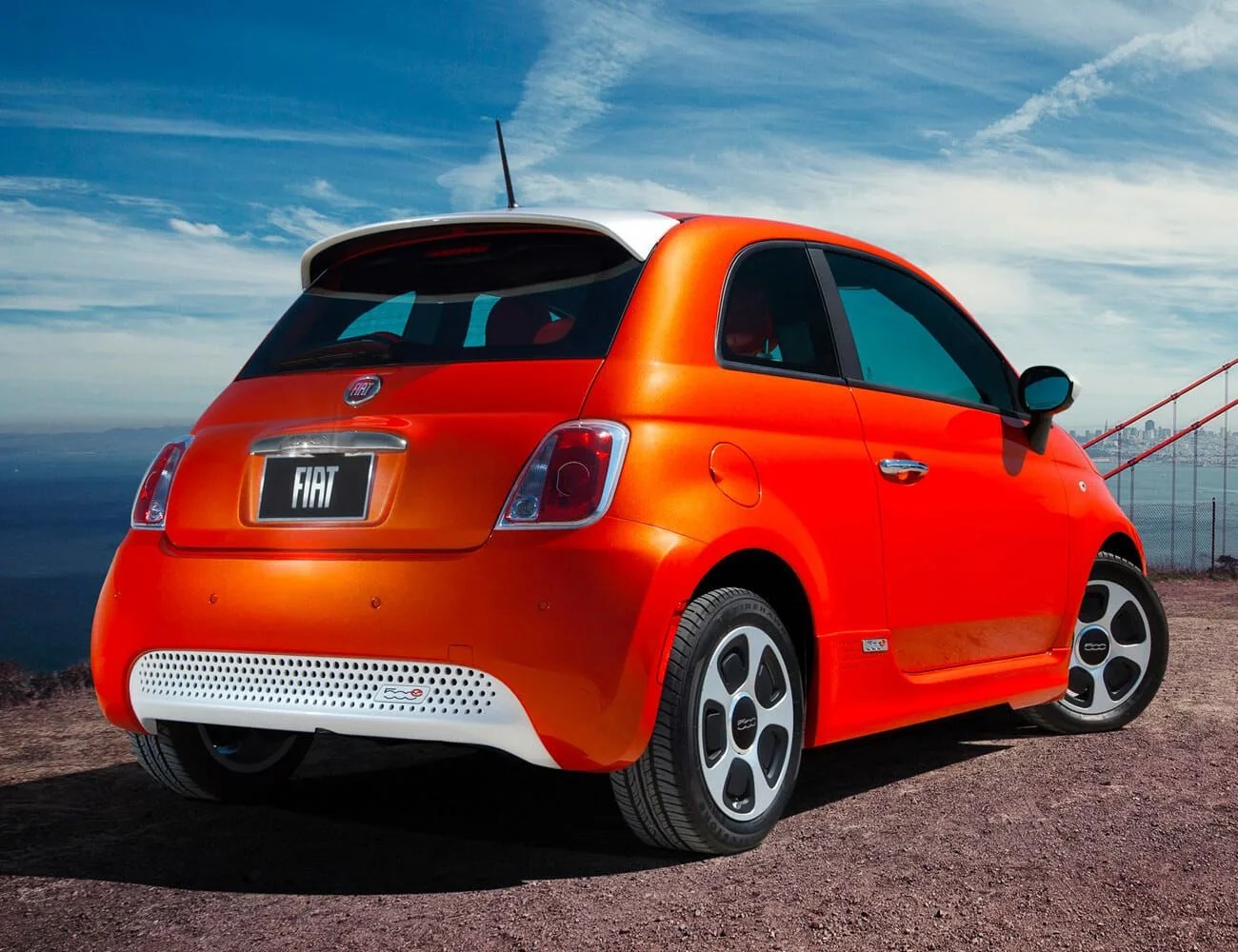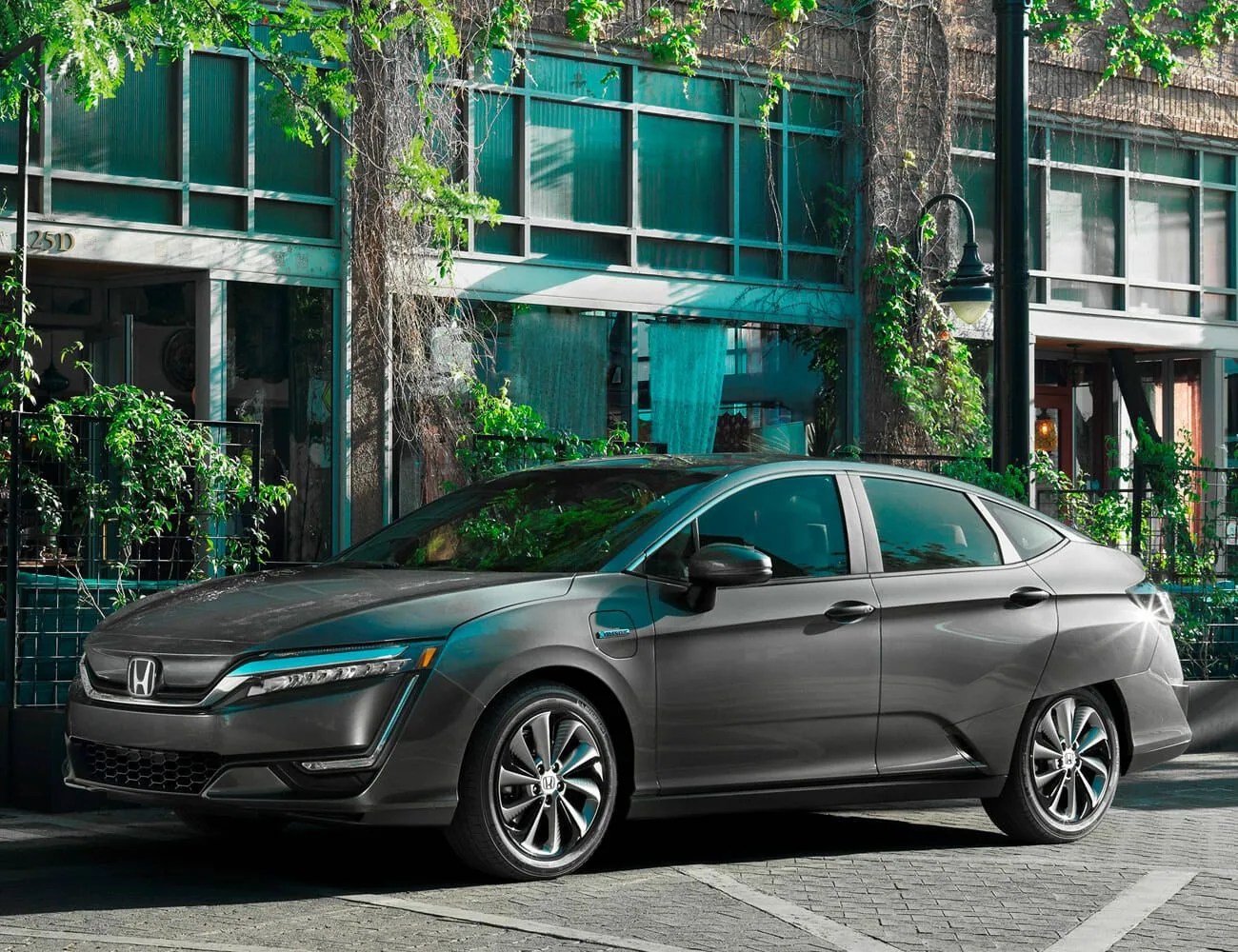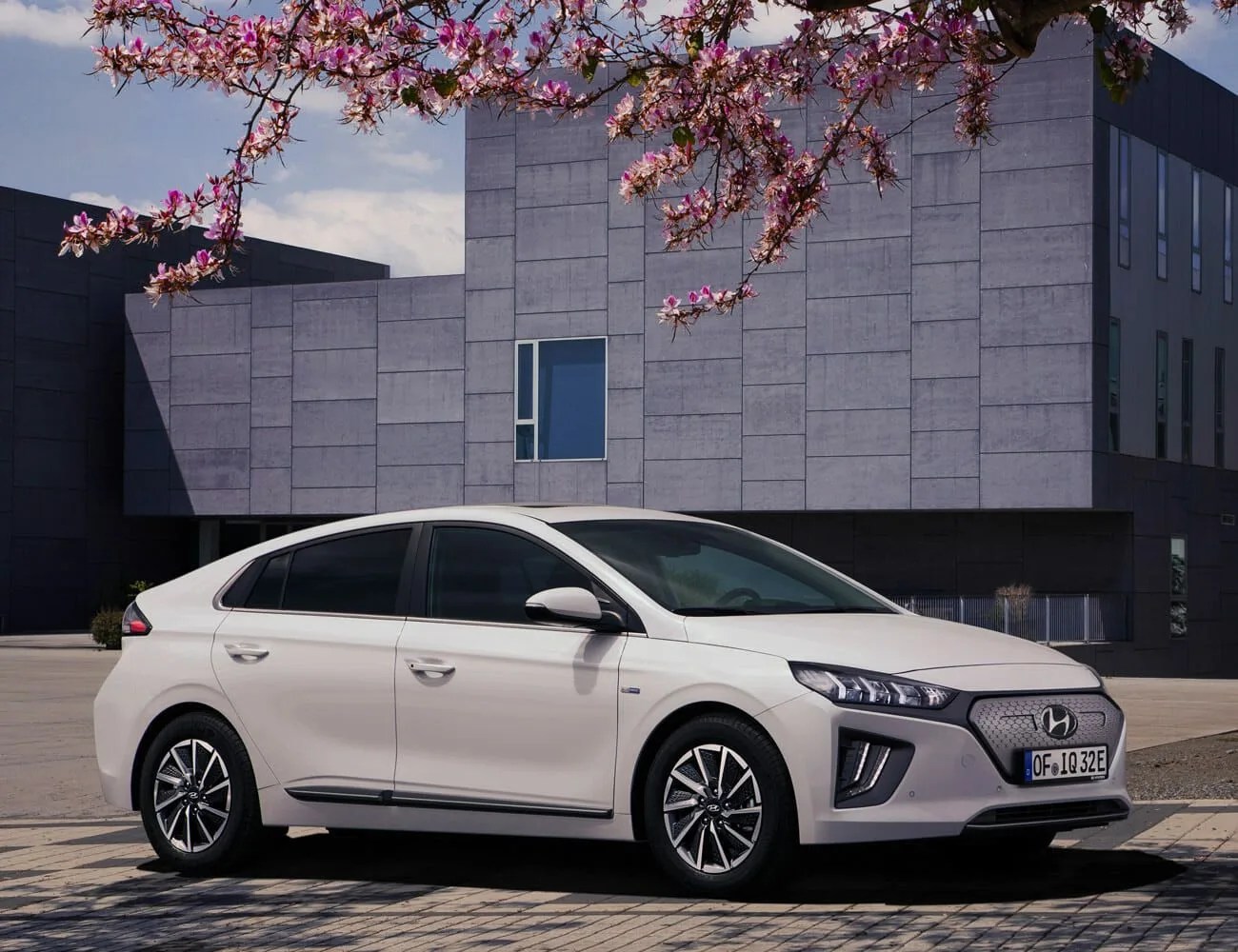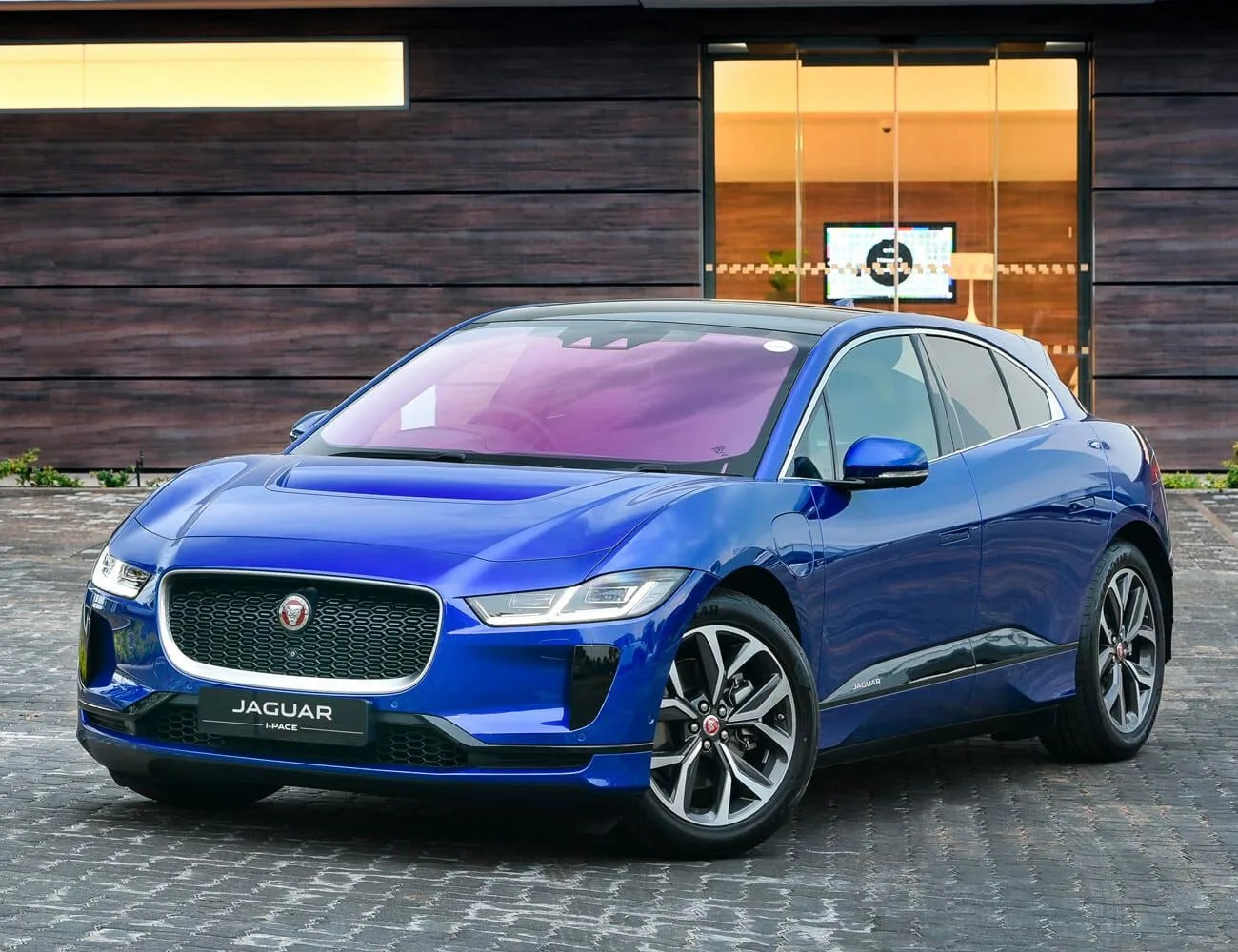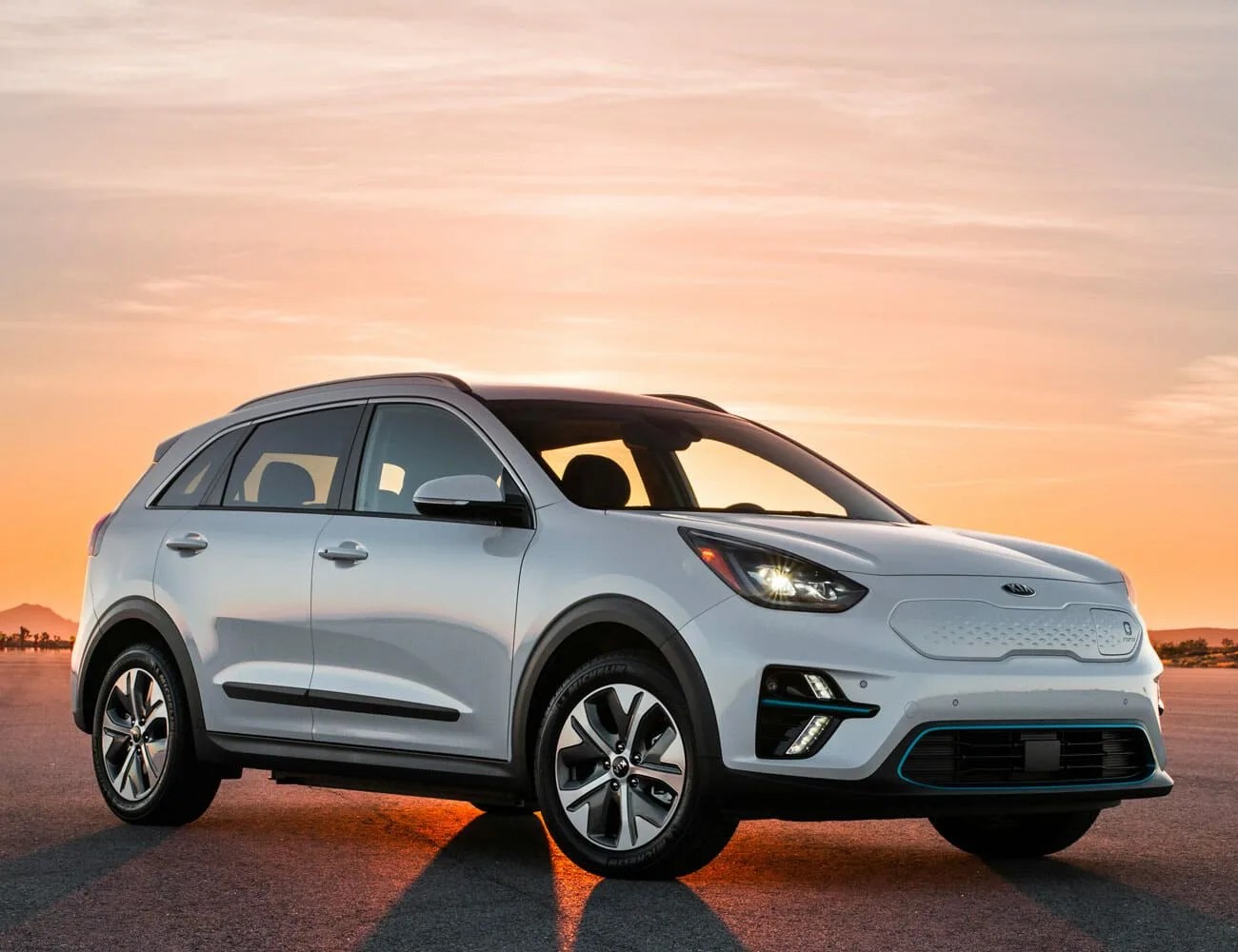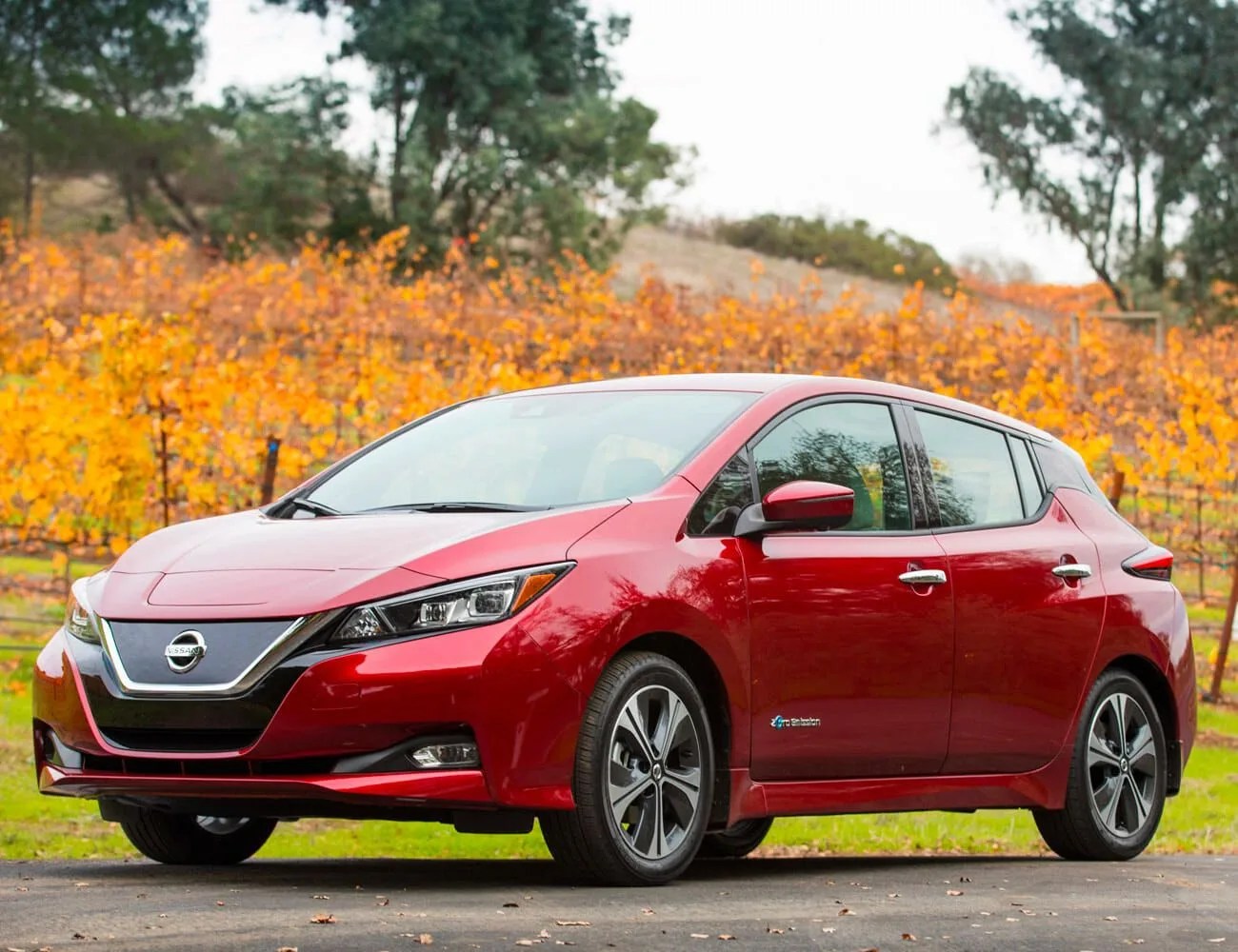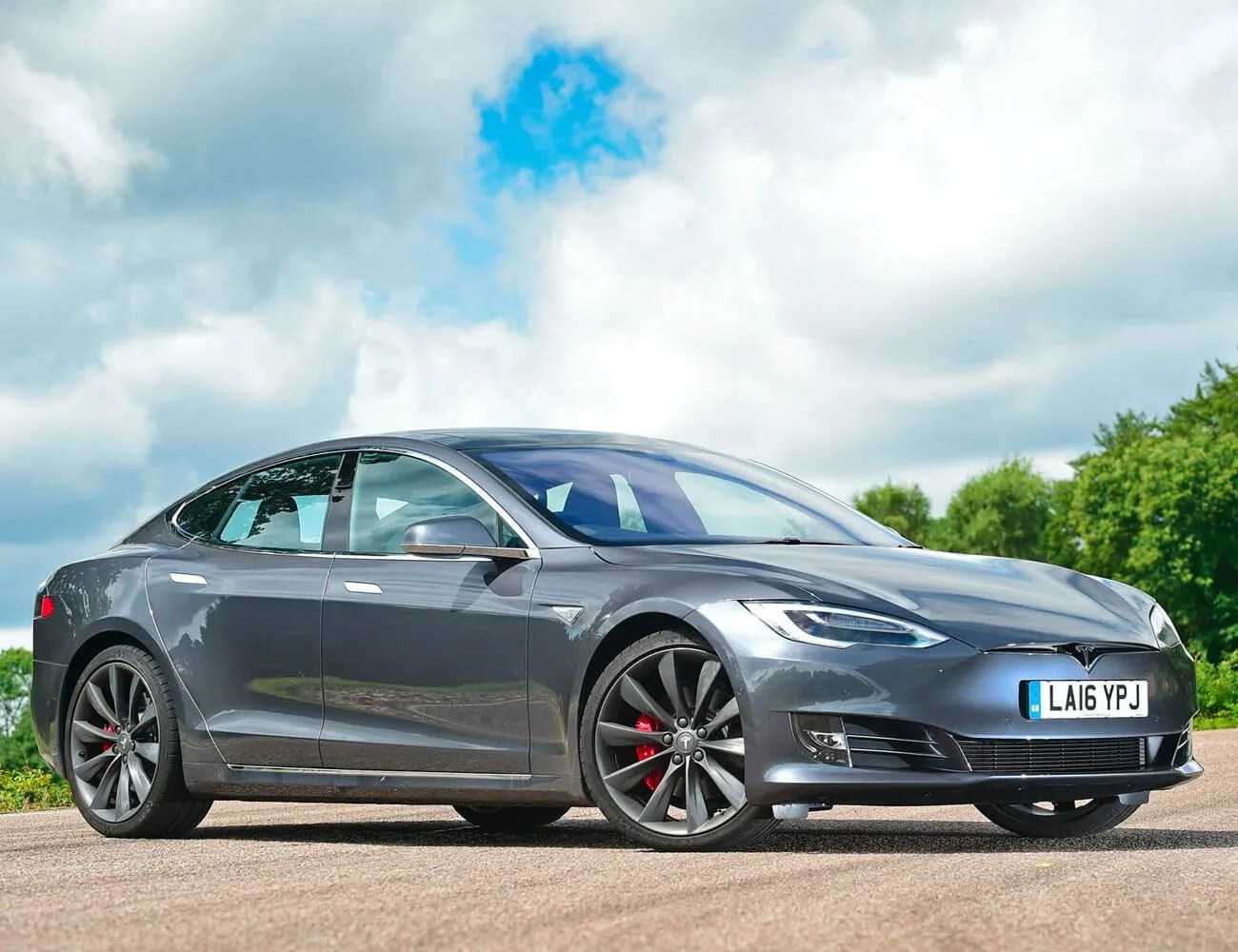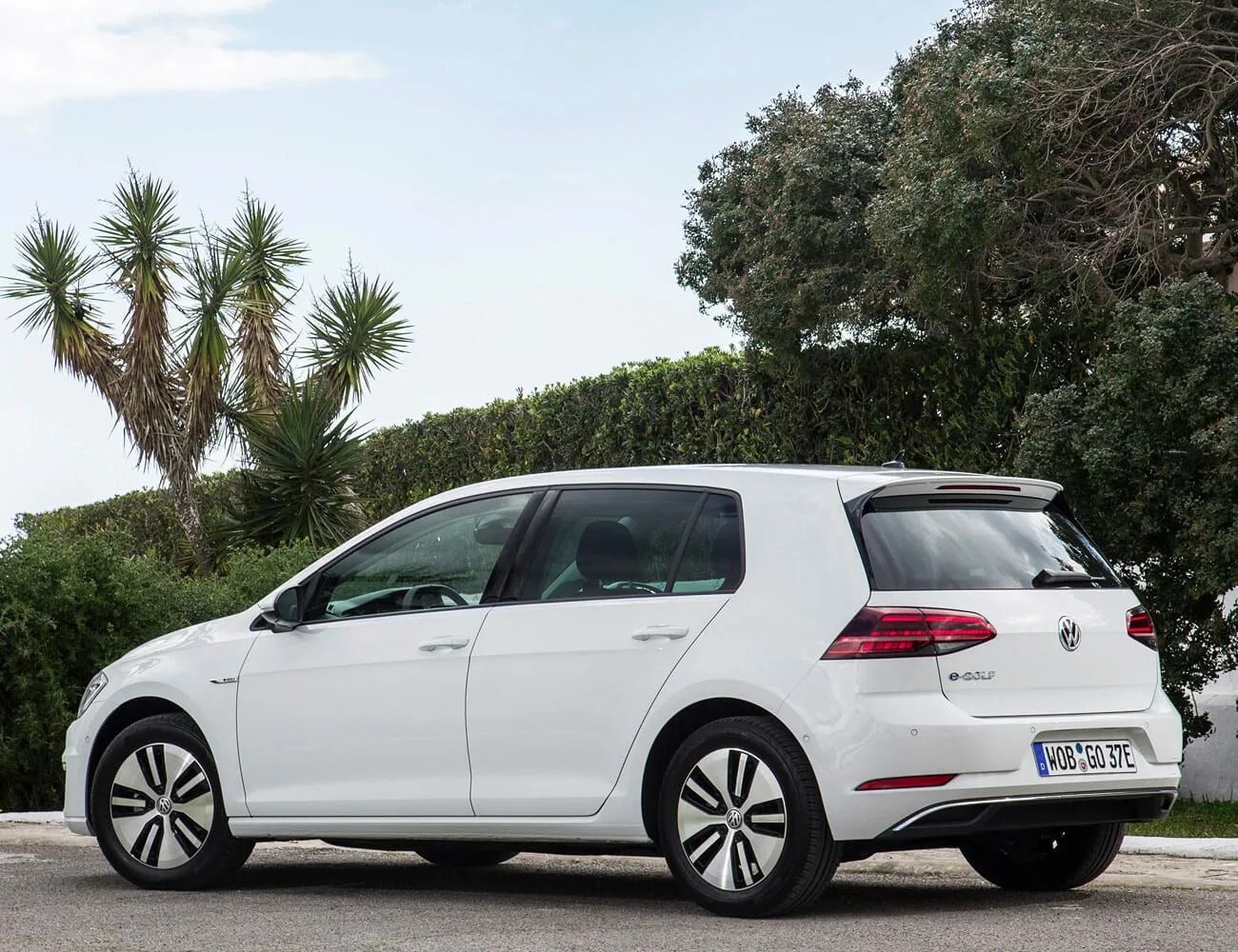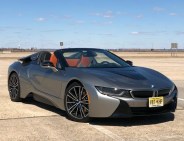Welcome to Brand Breakdown, a series of comprehensive yet easy-to-digest guides to your favorite companies, with insights and information you won’t find on the average About page.
Electric cars are the future. At least, that’s the idea most automakers are banking on. Elon Musk and Tesla have shown off the immense potential for battery electric vehicles (also known as BEVs), delivering models that offer prodigious range equal to gas-powered equivalents and “ludicrous” acceleration that exceeds most internal-combustion cars.
The biggest hurdle for automakers looking to build new EVs is battery technology; power storage units remain heavy, cumbersome and expensive compared with gasoline. So far, battery limitations have been one of the main constraints what types of BEVs can be made, who can afford them, and how much — if any — profit automakers can make from them. But that’s starting to change. The 2020 model year should be a tipping point for EVs, with heavyweight manufacturers like Porsche and Mercedes-Benz diving into the mix, as well as intriguing startups like Rivian launching new vehicles.
That’s not to say the electric car marketplace is barren right now, however: Early adopters can still choose from an array of compelling options. Here, then, we present the Gear Patrol guide for every battery electric vehicle currently available for sale in the U.S.
Charging
Level 1 Charging: A standard 120-volt wall outlet. It can take 24 hours or more to fully charge an EV.
Level 2 Charging: Most home charging systems and public charge points; they deliver power at 240 volts, and charge vehicles about five to six times faster than Level 1. These can add significant range in a few hours, or fully charge a vehicle overnight. Almost every electric vehicle is compatible with a Level 2 charger.
